| Description |
New Horizon Elm (Ulmus) A hardy hybrid Elm with good resistance to Dutch Elm Disease and other Elm problems. |
| Plant Type |
Trees Deciduous |
| Hardiness Zone |
3-7 |
| Sunlight |
full |
| Moisture |
average, moist, some drought tolerance |
| Soil & Site |
average, moist, doesn’t like poorly drained soils |
| Flowers |
insignificant |
| Fruit |
single seed samara, flat wafer shaped |
| Leaves |
green, rusty purple in fall, double serrated edge, asymmetrical base |
| Dimensions |
20-25 by 30-40 (HS), upright oval |
| Propagation |
U.S. Plant Patent PP08,684, April 12, 1994. |
| Cultivar Origin |
developed in a disease resistance program at the University of Wisconsin. Madison Wisconsin USA, cross between Ulmus pumila (Siberian elm) and Ulmus davidiana var. japonica (Japanese elm) |
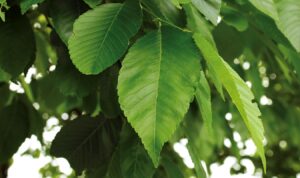
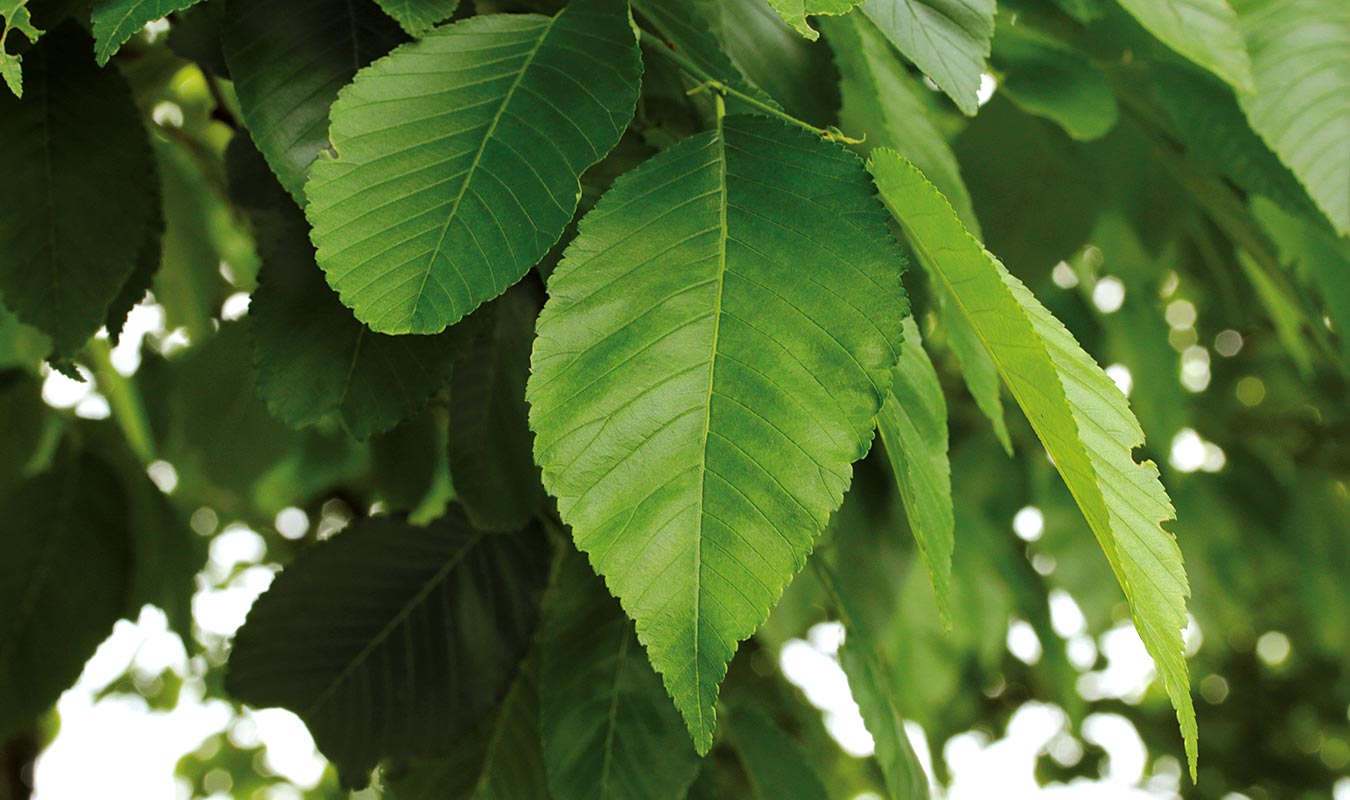
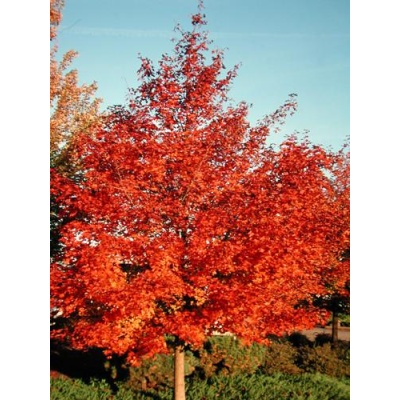
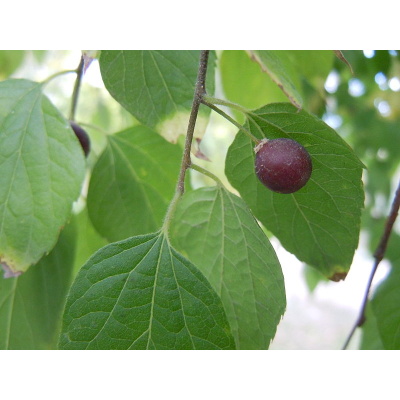
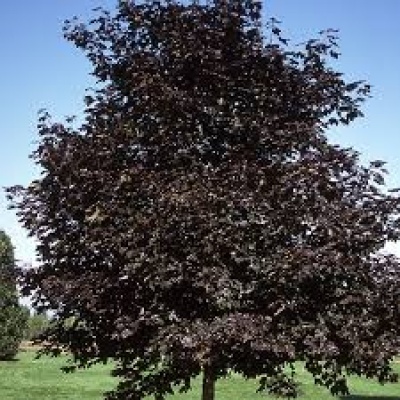
Reviews
There are no reviews yet.